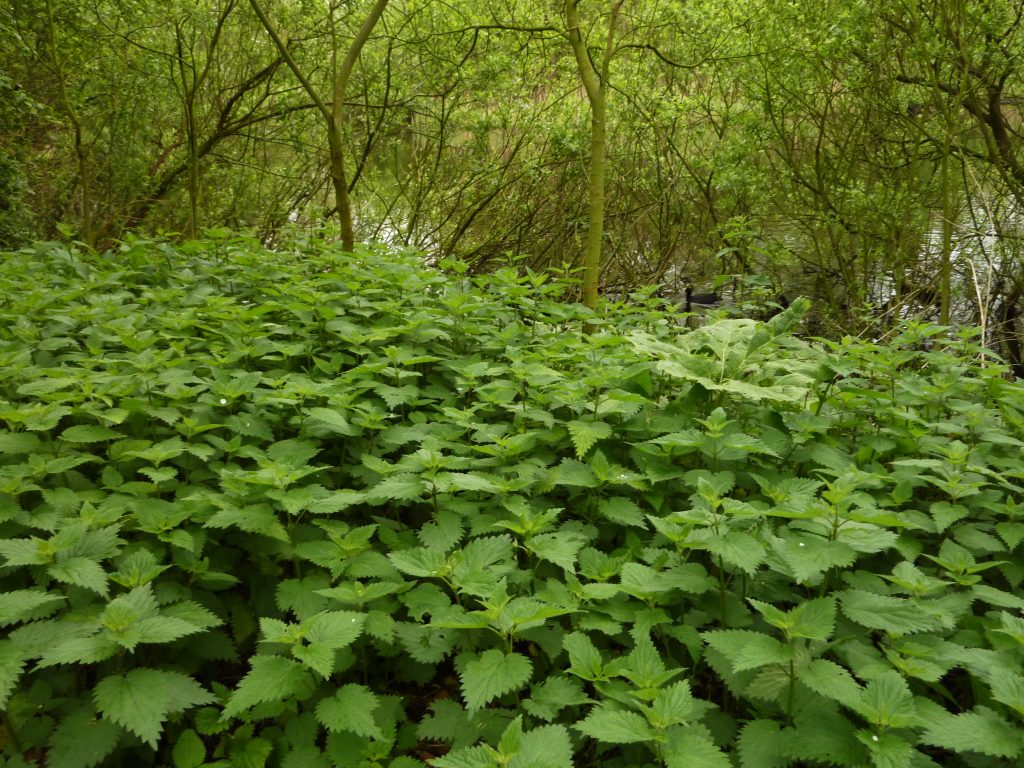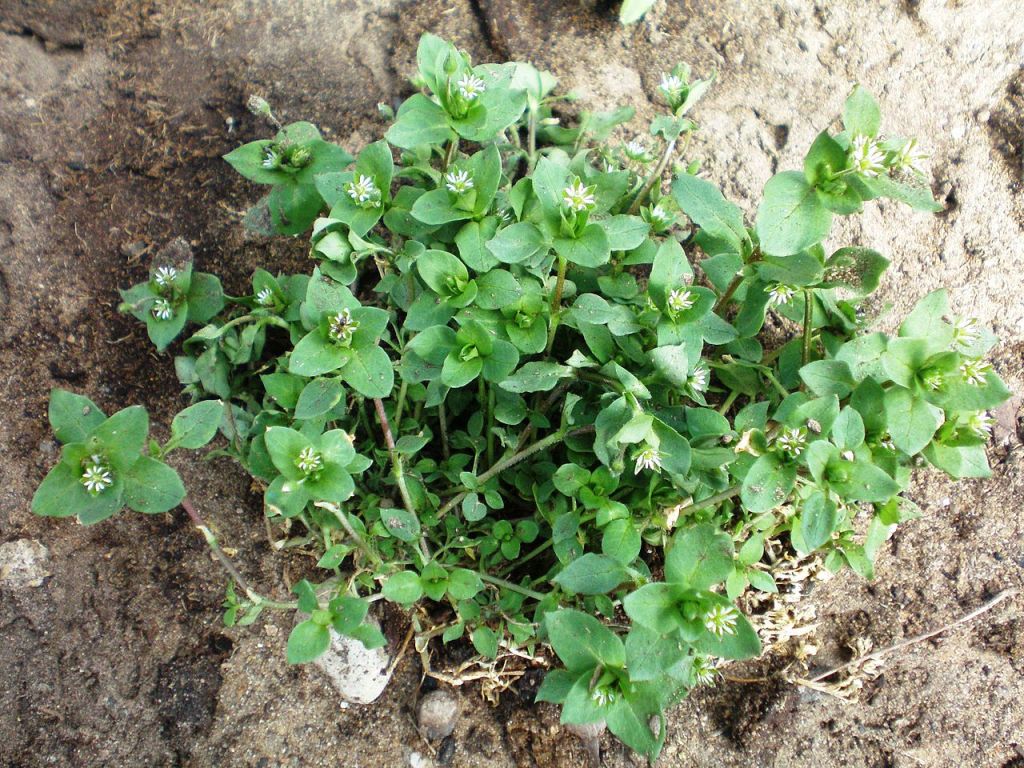
Foraging has been done for centuries but is hopefully getting a bit of a revival!
People like to have a connection with nature again, especially with their daily exercise in lockdown situation and what a better way to do this then to go out there and forage!
So today I would like to introduce you to a document received from fellow botanist Mike Poulton, who used to do training sessions on foraging for wild plants. It is a good, quick reference to the more useful wild plants for food!
The edible parts of the native plants are listed with their common names and categorized in 5 sections: leaves and shoots (1), herbs (2), edible flowers (3), fruits and seeds (4) and roots (5).
Continue reading “Foraging plants and their uses; an easy guide by Mike Poulton”
